Exploring Earth's Hidden Secrets Through Satellites
Written on
Chapter 1: The Evolution of Satellite Technology
Since the launch of Sputnik 1 by the Soviet Union in 1957, the landscape of space exploration has evolved significantly. Today, around 5,000 satellites orbit our planet, collecting vital data about its weather and environmental conditions while facilitating global communication.
This paragraph will result in an indented block of text, typically used for quoting other text.
Section 1.1: Remote Sensing and Its Impact
Satellites are equipped with advanced remote sensing technologies, such as cameras, radar, and lidar, enabling them to gather and transmit crucial information back to Earth. These innovations have transformed communication methods and unveiled astonishing insights into our planet's ecology.
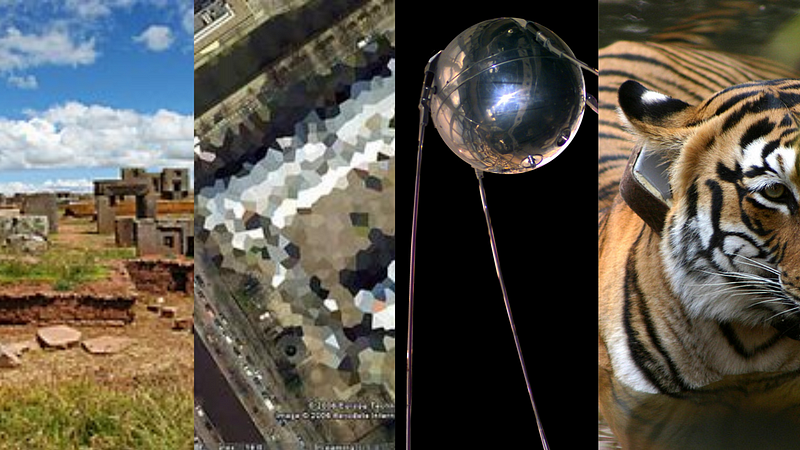
Section 1.2: The Rise of Google Earth
In the late 2000s, Google Earth captured the public's imagination, allowing users to explore their neighborhoods and beyond. This platform has evolved into a popular pastime, with games like Geoguessr enhancing the experience.
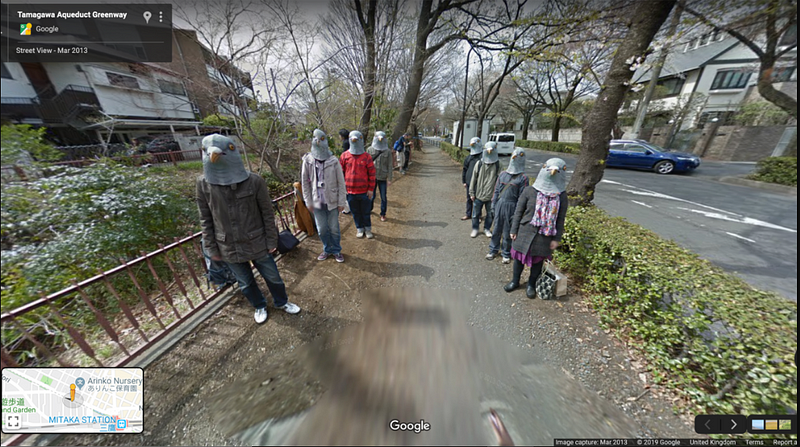
Google Street View further expanded the horizons of exploration, providing a vital tool for services like Uber and InDriver, transforming the way we navigate the world.
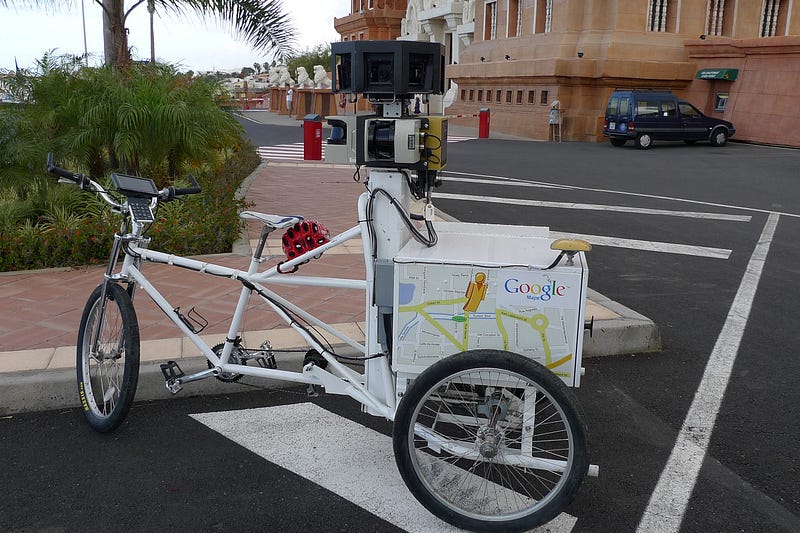
Chapter 2: Uncovering Ancient Civilizations
In a groundbreaking venture, Sarah Parcak, a space archaeologist from the University of Alabama, Birmingham, has leveraged satellites to reveal the remnants of ancient civilizations. Her research has led to remarkable discoveries in Egypt, including the outlines of buildings from the lost city of Tanis, thanks to unique weather conditions that exposed these ancient structures.
The first video titled "The Most Mysterious Discoveries Made by Satellites" delves into how satellite technology unveils hidden aspects of our world, including ancient ruins.
Parcak's pioneering use of NASA's satellite imaging has unearthed not only pyramids but also numerous tombs, showcasing the rich history of civilizations such as the Romans and Vikings. Her contributions earned her a $1 million TED prize, which she used to establish GlobalXplorer, a platform allowing individuals to assist in archaeological research.

Chapter 3: Battling Invasive Species
The issue of invasive species threatening native ecosystems has persisted for decades. The Darwin Foundation collaborates with universities to combat this challenge using satellite imagery.
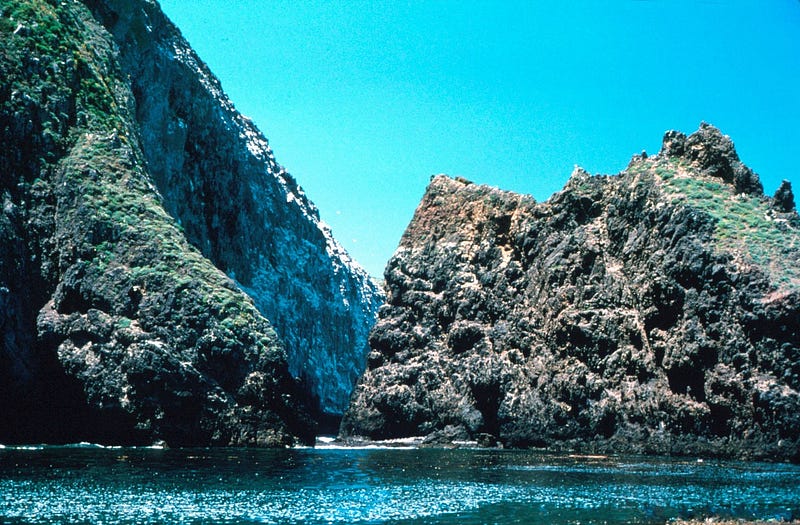
By analyzing these images, researchers have identified invasive plants on Santa Cruz Island, such as blackberry and guava. The commercial satellite company Maxar has contributed by providing crucial high-resolution images, aiding in the detection and management of these species.
Chapter 4: Conservation Efforts for Wildlife
Industrialization and increased road traffic have severely impacted animal populations and biodiversity. In the U.S., funding has been directed toward studying animal migration patterns to enhance conservation strategies. Researchers employ GPS collars and satellite tracking to monitor animal movements.
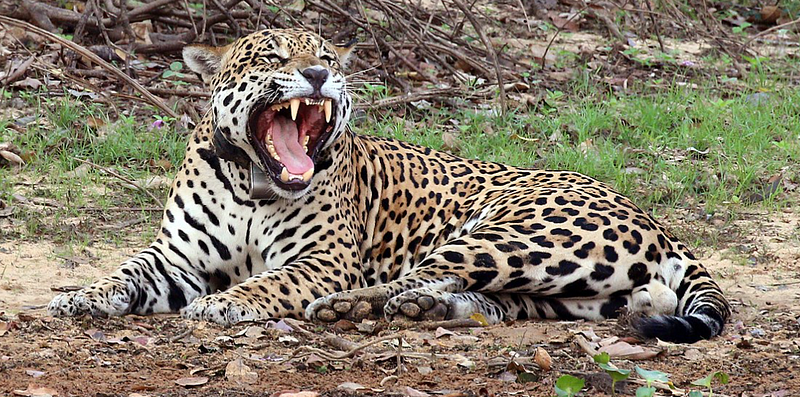
This data enables precise tracking of herds, with alerts set for when they cross designated geo-fences. By understanding migration patterns, conservationists can ensure safe passage for wildlife, safeguarding their habitats from human encroachment.
Satellites have proven invaluable, not only improving human lives but also revealing countless hidden wonders of our planet. These distant spacecraft play a crucial role in protecting both flora and fauna, highlighting the importance of continued exploration and research.
The second video, "Uncovering the Secrets of Earth's Oceans," explores the mysteries of our oceans and how they are monitored from space, complementing our understanding of Earth's biodiversity.